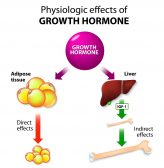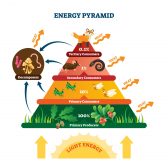Definition
noun
(parasitology) A form of parasitism involving endoparasite
Supplement
Parasitism is one of the many forms of symbiosis. In parasitism, one organism (called parasite) benefits at the expense of another organism usually of different species (called host). The parasite benefits at the expense of the host organism. Depending on the type of parasite involved, the parasitism may be an ectoparasitism or an endoparasitism. In endoparasitism, the parasite involved is an endoparasite. Endoparasites are of two forms: intercellular parasites and intracellular parasites. Intercellular parasites are those that inhabit the spaces of the body of the host. Intercellular parasites are endoparasites that live within the cell of the host. Examples of intercellular parasites are nematodes, tapeworms, and other helminthes. Helminthes live in the gut of their hosts. Examples of intracellular parasites are the protozoan Plasmodium, the causative agent of malaria. They thrive inside the cells of their human host. Plasmodium species have different stages in their life cycle. Within the definitive host (human), the sporozoite stage of Plasmodium species occurs within the liver cells where the sporozoite gives rise to a merozoite or to a hyponozoite, which then infects the red blood cell of the host.
Word origin: endo– (“within”) Latin parasitus from Greek parasitos (person who eats at the table of another).
Compare:
See also:







